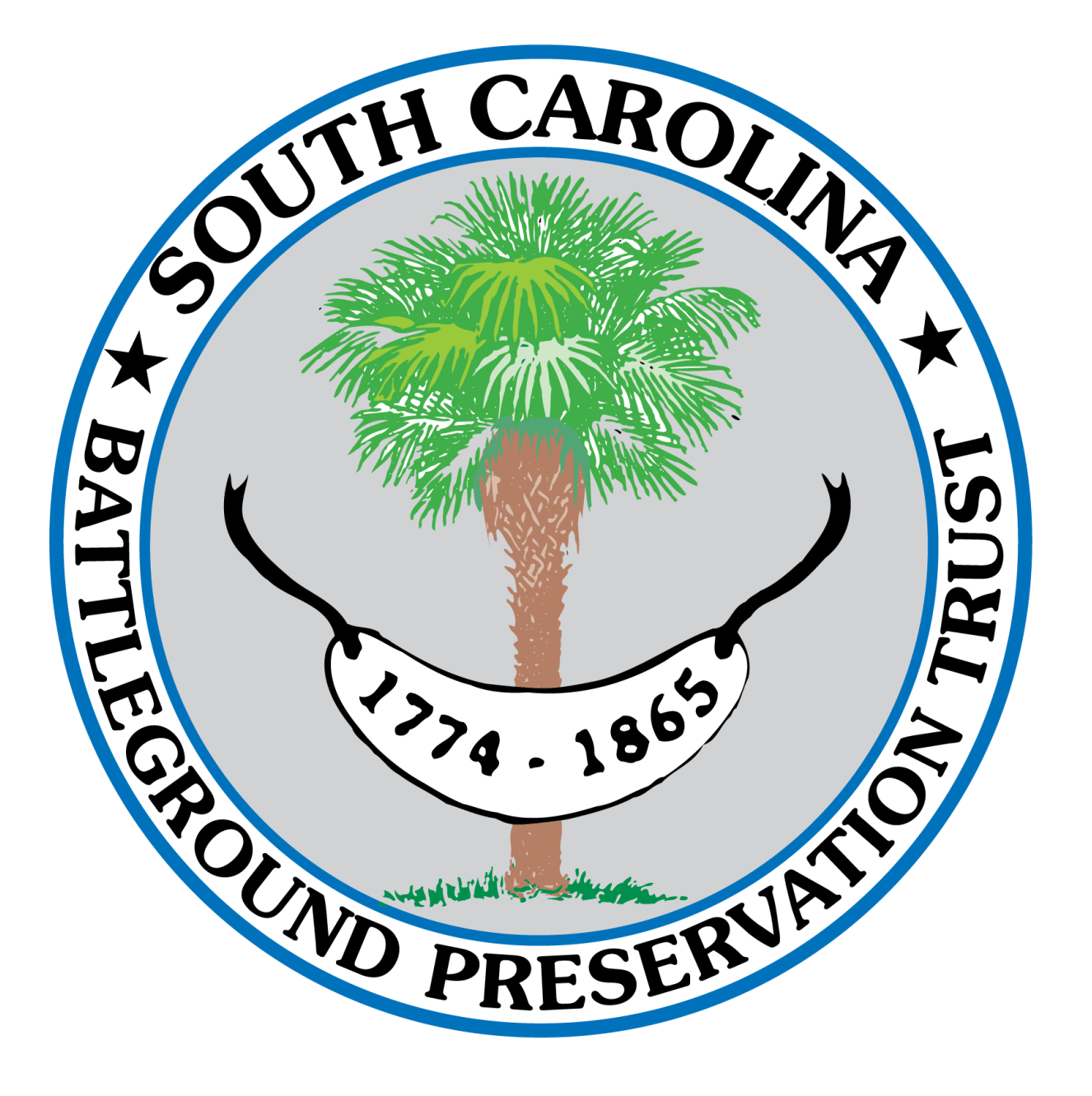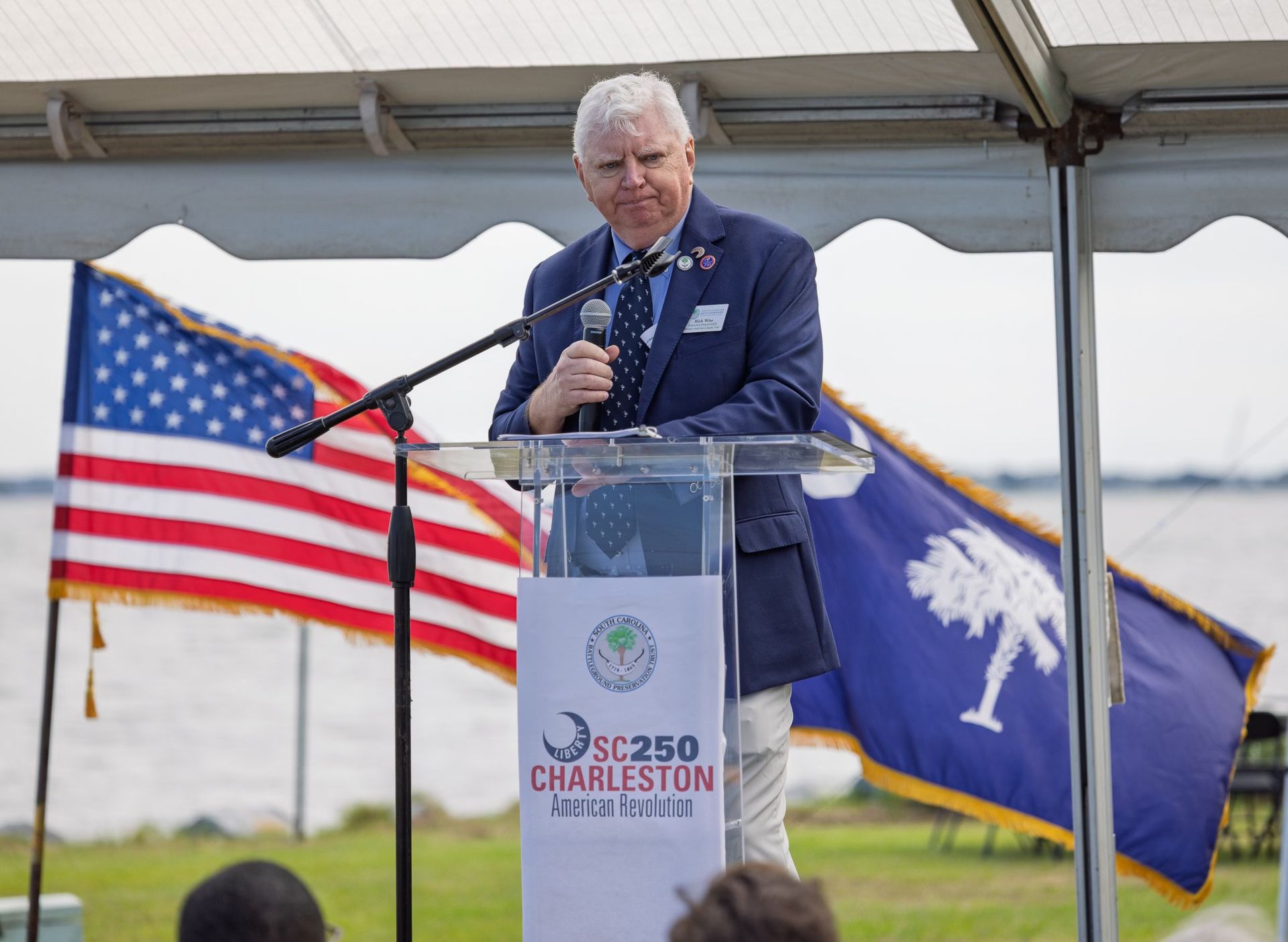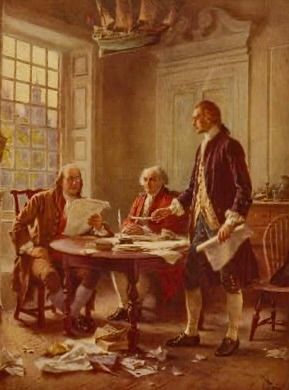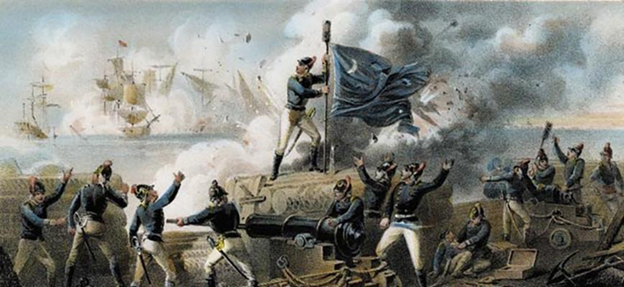Doug Bostick's Enduring Legacy
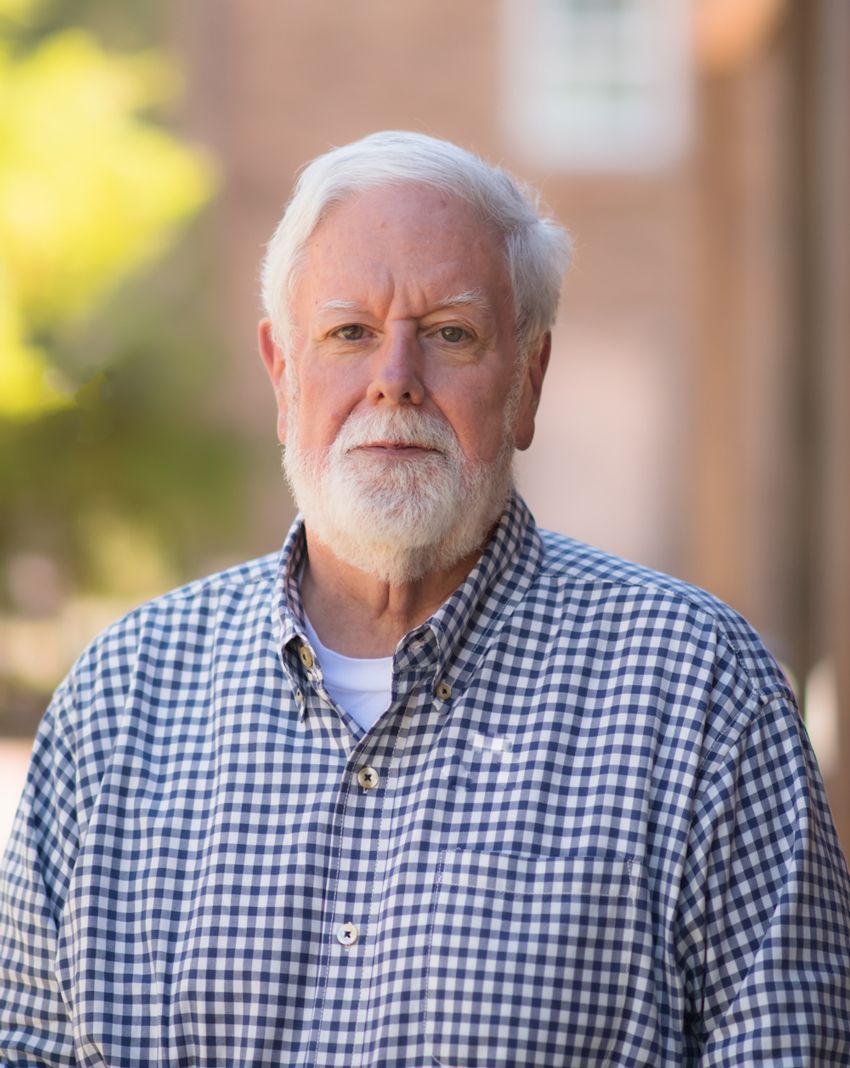
From President Steve Osborne and the Board of Directors of the South Carolina Battleground Preservation Trust:
It is with heavy heart that we share the news of the passing of our Chief Executive Officer, Doug Bostick.
Douglas W. Bostick’s accomplishments are varied, lasting and numerous, all to the benefit of the greater good for others and to lifting up of the common weal. He was a native of James Island and an eighth-generation South Carolinian who contributed his efforts to many of our beloved historic sites and institutions; a graduate of the College of Charleston and earned a master's degree from the University of South Carolina; and a former staff and faculty member of the University of South Carolina and the University of Maryland.
Doug was the Executive Director and Chief Executive Officer of the South Carolina Battleground Trust (SCBPT) for more than fourteen years. During his tenure, he saved land at nearly sixty historic battlefields throughout South Carolina, bought and conserved thousands of acres of land for public use, and promoted historic preservation as a real untapped and localized economic development tool. This past year he conceived and spearheaded the significant, international effort to rebury fourteen Continental and British soldiers who fought and died at the Camden Battlefield, 243 years ago.
The Liberty Trail in South Carolina coalesced through Doug’s endless endeavors, stalwart instruction, and friendly collaboration. As it is being executed at local, state and national levels with Doug’s leadership, the product of battlefields and related Revolutionary sites will rival far beyond Massachusetts’ Freedom Trail and road to Lexington and Concord, or even the Civil War battlefields throughout the Shenandoah Valley and other parts of Virginia.
Doug, as a historian, was a talented, non-fiction writer who, in the past three decades authored twenty-six books and hundreds of articles about our state’s heritage. As a preeminent story-teller, he seamlessly wove fun with facts, research with robust radiance, and all the while getting his audience to laugh and think “ah-huh” in the vein of Paul Harvey. His “radio” voice endeared attention. Doug has been called a true “raconteur.” He regularly gave hundreds of public talks and media interviews per each year, as well as continuing to write newspaper and magazine articles.
As a statutory partner in South Carolina’s American Revolution 250th Commission, he led the SCBPT to help implement historic research and heritage tourism infrastructure so that these thirteen years of the 250th have an indelible and lasting impact on the students, citizenry, counties, and economy of our State for the next 100 years and for generations to come after us. Doug’s primary focus was to “save places” from which to educate and celebrate Liberty’s birth narrative of our state and country. Upon these outdoor classrooms, we can discover South Carolina’s significant Revolutionary people, principles and events.
People really liked Doug when they met or heard him. A funny, true example: South Carolina requires a realtor to disclose whether a house has been a murder site. On one of our battlefields, a realtor was reluctant to disclose that a criminal murder was conducted in the modern house decades ago. When the realtor finally and hesitantly disclosed the same, Doug said that it was nothing to worry about because “We are only interested in places where people kill each other,” that is to say, battlefields.
What is also exceptional with Doug was his resourcefulness. In this current age of NGO “bigger barns,” Doug greatly expanded the productivity and reach of this small SCBPT nonprofit on a shoestring budget utilizing grants and volunteers. He demanded the most bang for the buck from his projects and his few independent contractors. However, he was quite persuasive in closing larger contributors with his unique handiwork of little-known stories, humor, patriotism, follow-through, and keen urgency.
Apparently, his mind, pen and tongue knew no idleness. His friends, readers, audiences, and admirers are innumerable.
With mindfulness of his personal integrity, caring and joyful attitude, and performance of his native State duty, we celebrate and remember Doug’s diverse accomplishments and real contributions to the people of South Carolina as a competent, published historian, land conservationist, historic preservationist, and preeminent Carolina storyteller.
Make a Gift in Doug's Memory
You may honor Doug’s legacy by joining SCBPT or making a memorial gift through our website. Select any membership or current project, then at checkout, be sure to note Doug's name in the "In Honor or Memory of" field. You may also mail a check to P.O. Box 80668, Charleston, South Carolina, 29416-0668.
“I have finished a monument more lasting than bronze and loftier than the pyramids reared by kings, that neither corroding rain nor the uncontrolled north wind can dash apart, nor the countless succession of years and the flight of ages. I shall not wholly die; that great part of me shall escape Death and ever shall I grow, still fresh in the praise of posterity.” —Horace
